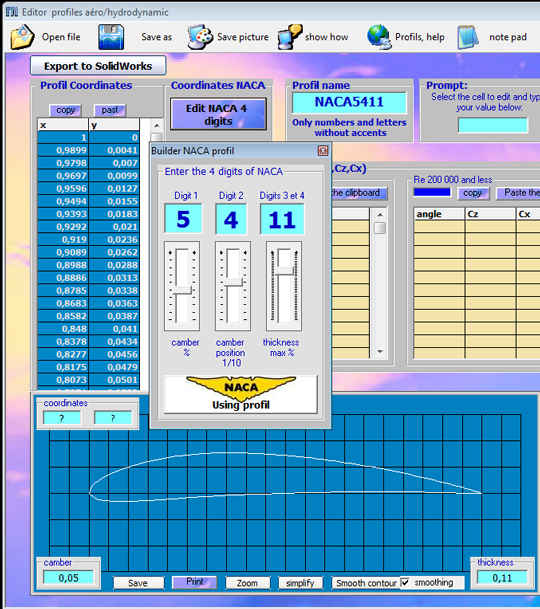

Attached is the L/D & Cm part of a type 2 polar generated by Profili. First the file in post #4 apparently is not the original 23112, it has a tiny bit more camber than what I now believe to be the real thing. I don't wish to dredge up a zombie thread but in the interest of completeness and accuracy I'm adding this so that the next person to look for this obscure old airfoil section can find it and some of it's derivatives more easily. Yes, the stall can be relatively sharp but with a conservative wing twist or light wing loading, most of the airplanes that used this section seemed to have avoided this characteritic. As such, the section performs relatively well not only in cruise but also in climb.Īlso, the section's relatively large leading edge radius and thick nose allows it to achieve a fairly high aoa, making it quite effective with a variety of flap cofigurations. The section also has a fairly low drag count and the bottom of the drag curve extends over a fairly long range of lift coefficients. This characteristic also allows for a more effective horizontal, resulting is a slightly larger allowable CG envelope for any given tail volume coefficient. First, it has a very low pitching moment and as such, its use results in relatively low amounts of trim drag. There are several reasons for its popularity. The applications include Aero Commanders, several of the single engine Cessnas, the Cessna Citation family, virtually all the Beech aircraft, several of the Douglas airliners, and on our end, pretty much all the Van's aircraft, to name a few. The interesting thing about the 23000 series of airfoils is that in spite of the section data, the family has been used on a whole range of different airplanes.


 0 kommentar(er)
0 kommentar(er)
